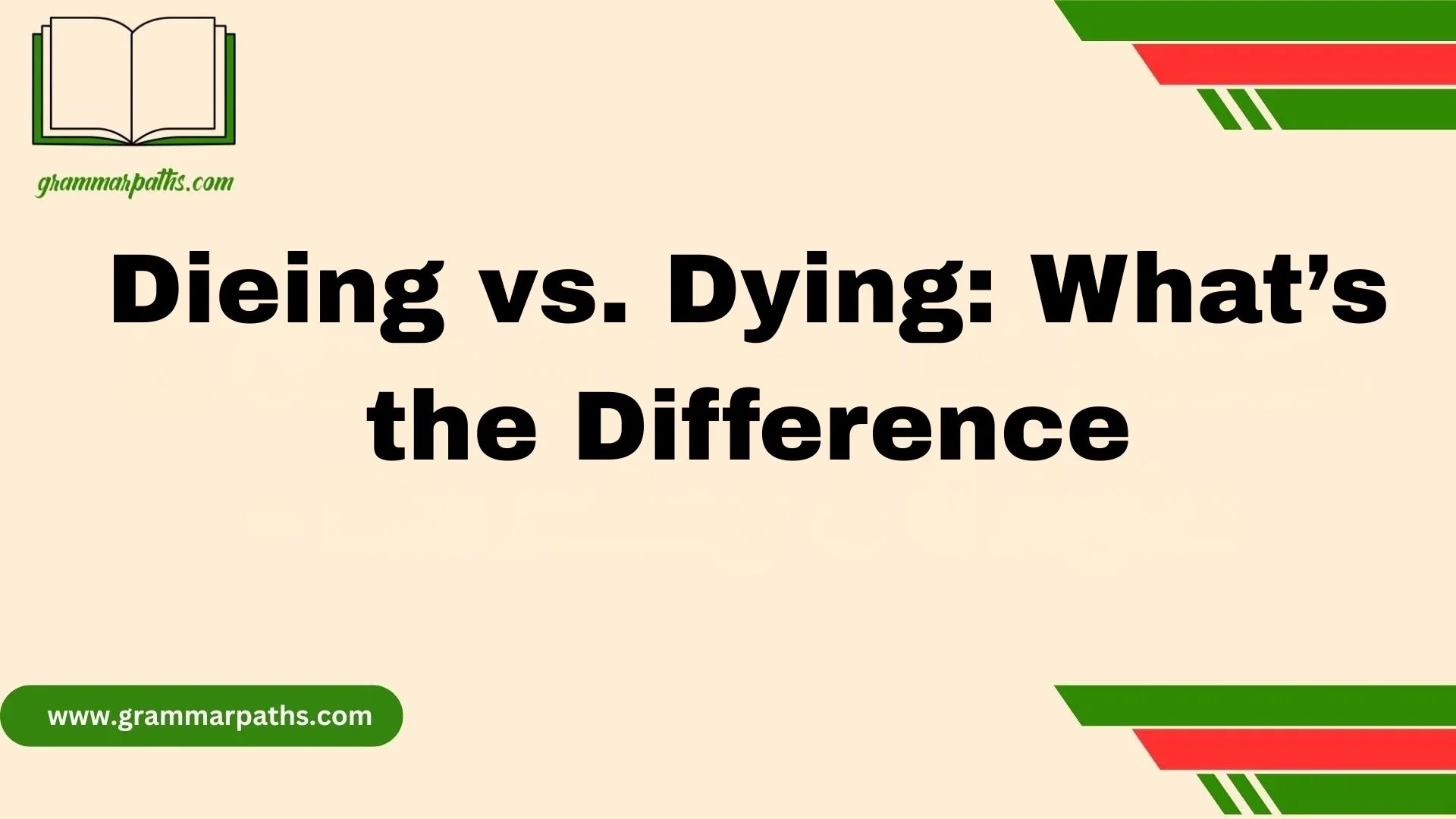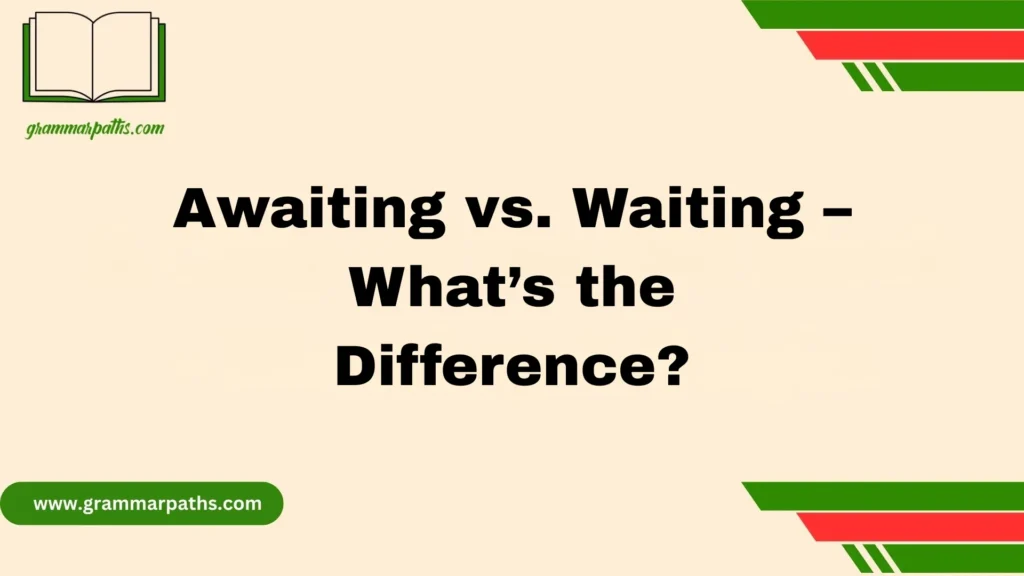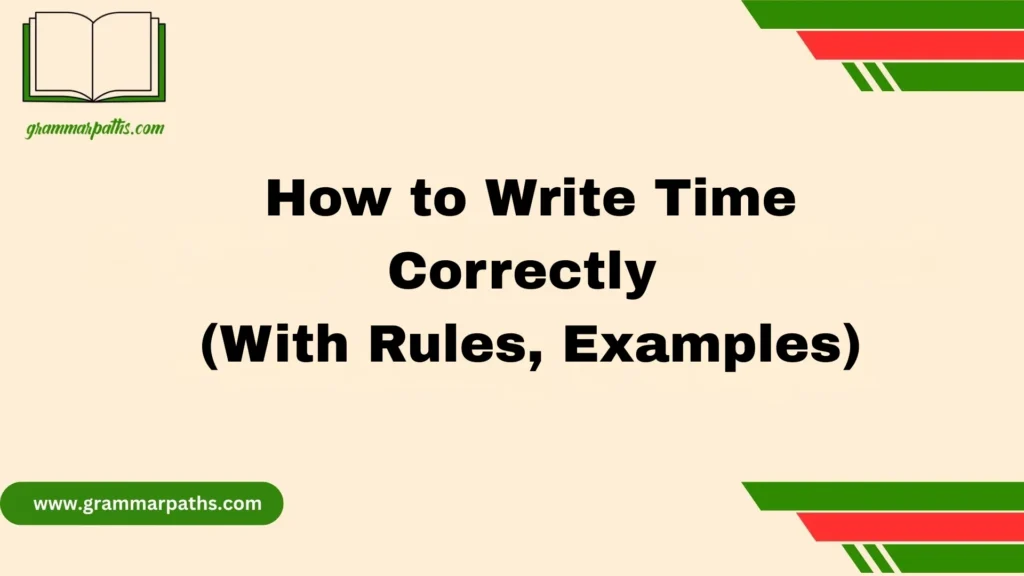When it comes to dieing and dying, many English writers, especially new English language learners, often get confused by these homophones because they sound the same way but have very different meanings. The word dying is the present participle form of the verb die, which means to stop living, and it is the correct usage in most contexts related to life and death.
On the other hand, dieing is an uncommon term, usually related to the cutting of metals with a tool called a die or die-cast machine, a very specific sense that often trips up many readers and writers who may accidentally use the wrong spelling. I’ve seen this mistake happen a lot in my own writing, where the difference in spelling can completely change the meaning of a sentence.
Knowing the correct word choice is key to clear writing, and using the right spelling helps avoid confusion for the reader. Many people confuse these similar words and may not know how to use them properly, which is why it’s helpful to have definitions and example sentences that explain their use. When you understand that dieing relates to metal tools and machines, while dying refers to life ending, it becomes easier to remember and apply the words correctly. So, if you’re using these terms in your own writing, always keep in mind the context to ensure the correct usage and avoid trouble with English vocabulary.
Why “Dieing” and “Dying” Confuse So Many People
You might think, “Isn’t ‘dieing’ just a typo for ‘dying’?” That’s a reasonable guess. After all, “dying” is the well-known present participle of the verb to die, which means to stop living. On the other hand, “dieing” looks like it should mean the same thing, just with an extra “e” added.
The problem is, “dieing” is actually not standard English when used as a form of “to die.” But it does have a valid meaning in some technical fields. So people get mixed up — is “dieing” a mistake or a real word?
Getting this right matters. Mistakes in spelling can make your writing seem careless or confuse readers. In professional and academic writing, precision counts. That’s why understanding the difference is important.
The Basics: Understanding the Verb To Die
First, let’s get clear on the verb to die.
- To die means to stop living or cease functioning.
- It is an irregular verb:
- Present: die / dies
- Past: died
- Present participle: dying
The present participle is the -ing form used for continuous tenses and as adjectives, e.g., “She is dying” or “a dying plant.” Notice that “dying” does not include the letter “e.” This is because when verbs end with an “e,” we typically drop the “e” before adding “-ing.” Examples include:
- Make → making
- Take → taking
- Die → dying
This rule explains why “dying” is correct, not “dieing.”
Why “Dying” Is the Correct Present Participle
The confusion usually comes from how some verbs add “-ing” by simply tacking it onto the base word. For many verbs ending in “e,” the “e” is dropped before adding “-ing.” This keeps the spelling smooth and easier to pronounce.
So for to die, the “e” drops and you get dying.
Here are examples to see it in action:
- “The flowers are dying because they lack water.”
- “He’s dying to tell you the news.”
Both are correct uses of “dying.” The first is literal (loss of life), and the second is figurative (eager to do something). We will cover figurative uses soon.
“Dieing”: What Is It and Does It Ever Belong?
Now, what about “dieing”?
If you’re using “dieing” as a synonym for “dying,” it’s almost always incorrect in general English writing. Most dictionaries don’t recognize “dieing” as a standard word.
However, “dieing” has a specific meaning in certain industries, especially manufacturing and metalworking.
Industry-Specific Meaning of “Dieing”
In metalworking, dieing refers to the process of shaping metal using a tool called a “die.” This involves cutting, pressing, or molding metal sheets into desired shapes. It’s a technical term and has nothing to do with biological death.
- Example: “The factory is dieing metal parts to make car components.”
- This use is completely unrelated to the verb “to die.”
If you encounter “dieing” in a technical manual or industrial context, this is likely what it means. But outside those fields, you should avoid “dieing” to refer to living or dying.
Figurative and Literary Uses of “Dying”
The word “dying” carries a lot more weight than just ending life. Writers, poets, and everyday speakers often use it in figurative ways.
Common Figurative Expressions with “Dying”
- “Dying to meet you” — meaning eager or very excited.
- “Dying of laughter” — expressing extreme amusement.
- “Dying for a cup of coffee” — a way to say you really want coffee.
These idioms show how “dying” adds drama and emotion. It can express urgency, exaggeration, or passion without literal death.
Literary Examples
- Shakespeare wrote, “The poor soul sat sighing by a sycamore tree, dying.” Here, it may mean deep sorrow or fading away emotionally.
- Modern novels often use “dying” to describe fading hopes or dreams, not just physical death.
Understanding these uses helps readers appreciate the richness of “dying” in language.
Common Mistakes and How to Avoid Them
Let’s clear up some common errors around “dieing” and “dying.”
Frequent Mistakes
- Writing “dieing” when meaning the present participle of “to die.”
- Confusing “dieing” in everyday writing instead of the industrial meaning.
- Misusing “dying” when the context calls for a different word altogether.
Tips to Remember the Difference
- Remember: If you talk about death or eagerness, use “dying.”
- If you are describing metal shaping or industrial work, “dieing” might be correct.
- Drop the “e” before adding “-ing” for verbs ending in “e” (like die → dying).
Simple Mnemonic
- “Die” loses the “e” in “dying,” but “dieing” is for metal shaping only.
Quick Reference Table: “Dying” vs. “Dieing”
| Word | Meaning | Correct Usage | Common Contexts |
| Dying | Present participle of to die | Biological death or figurative | Everyday speech, literature |
| Dieing | Shaping metal with a die | Industrial, manufacturing term | Metalworking, production lines |
This table helps you decide which word fits your sentence perfectly.
Conclusion
Understanding the difference between dieing and dying is important for clear communication. While dying is the correct word to use when talking about life ending, dieing refers to the cutting process involving a tool called a die or a die-cast machine. Knowing these distinct meanings helps writers, especially those new to English, avoid confusion and use the right word in their own writing. Always consider the context to make sure you’re using the correct spelling and meaning.
FAQs
Q: What is the main difference between dieing and dying?
A: Dying means to stop living, while dieing refers to cutting metals using a tool called a die.
Q: Which word should I use when writing about death?
A: Always use dying when referring to life ending or death.
Q: Is dieing a common word?
A: No, dieing is uncommon and mainly used in metalwork or manufacturing contexts.
Q: Can using the wrong word confuse readers?
A: Yes, using dieing instead of dying can confuse readers because they have very different meanings.
Q: How can I remember which word to use?
A: Think of dying related to life and death, and dieing connected to tools and machines for cutting metals.
Summary
Understanding dieing vs. dying helps improve your writing clarity. Here’s a quick recap:
- Dying is the present participle of to die, used for biological death and figurative expressions.
- Dieing is a technical term for shaping metal with a die.
- Don’t confuse the two; context matters.
- Use the spelling rule: drop the “e” before adding “-ing.”
- Always proofread to catch these common mistakes.

Emma Brooke is a passionate language expert and contributor at GrammarPaths.com, where she helps learners navigate the complexities of English grammar, idioms, and effective writing. With a strong academic background and years of teaching experience, Emma excels at turning tricky grammar rules into simple, practical lessons that readers can easily grasp.










